Asheville Bee Charmer’s Pollination Celebration event, the Around the World Honey Tasting on Monday, June 15, is focused on honeycentric fun, education and raising money for Bee City USA.


Asheville Bee Charmer’s Pollination Celebration event, the Around the World Honey Tasting on Monday, June 15, is focused on honeycentric fun, education and raising money for Bee City USA.

Cheers and jeers resounded from the podium about the budget, which Council will formally adopt on June 23. The $154-million budget includes a 1.5 cents property-tax increase.

Amid escalating use and abuse of opioids nationwide, the number of local narcotics-related overdoses has increased rapidly in recent years. The drug naloxone can temporarily suspend those drugs’ effects, and the Asheville metropolitan area leads the state in confirmed cases of opioid overdose reversal, according to the N.C. Harm Reduction Coalition.
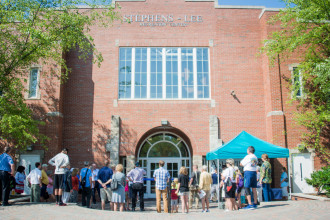
The Stephens-Lee Recreation Center reopened on Saturday, June 6, after five months of renovations with newly painted walls, new furniture and a nearly completed renovation of the gymnasium.

“If passed, the TPP would affect North Carolina and every other state in our country at the local, regional and state level.”

The Downtown Marshall Association and the Tourism Development Authority of Madison County are calling all to sport their best pirate, mermaid or sea creature costumes and attend the eighth annual Mermaids in Marshall festival today, June 5.

The nationally traveling exhibit Savage Gardens, the newest attraction at The North Carolina Arboretum, opened up on Memorial Day weekend and has been inviting visitors to explore an up-close view of carnivorous plants.
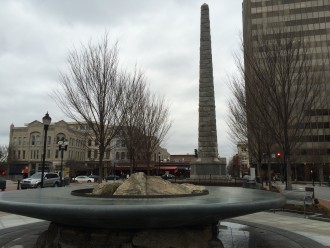
A rededication ceremony for the Vance Monument is set for 2 p.m. Saturday, June 6, at the foot of the monument in Pack Square Park in downtown Asheville.

There’s spaghetti involved. And puppies. Local nonprofit Brother Wolf Animal Rescue’s fundraising event on Tuesday, June 9 — Spay-ghetti & No Balls — pairs lunch delivery with a cute local rescue, all for $10.

Restaurants in the Enka-Candler area offer everything from down-home, stick-to-your-ribs diner food served with a helping of history to thoroughly modern artisan fare.

This year’s Firefly Gathering, being held June 25-28 in Barnardsville, aims to take its transformation potential a step further, putting cultural transformation at the forefront. The gathering, now in its eighth year, has always been geared toward changing participants’ lives through a variety of classes based on radical ideas and concepts, but this summer, directors are working to make that goal explicit instead of implicit.
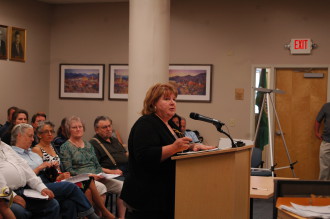
The Buncombe County Planning Board initially approved the plans for the Maple Trace subdivision in November 2014. At that time, the design called for 140 household units to be built in a rural Weaverville community with traffic directed through two exists. However, revisions to the plan have residents concerned that poor visibility and high traffic may result in dangerous driving conditions.
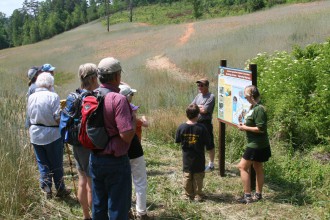
Conservation groups like the Southern Appalachian Highlands Conservancy need the support of residents and local businesses in order to achieve their work. Building on this co-dependence, the nonprofit will hold its annual “Land Trust Day” celebration Saturday, June 6.

Local company Regional Recycling Solutions has big plans to open a recycling center, using “green” European technology, on Pond Road near Enka. But residents and members of the community take serious issue with not only the facility being built in their backyards but the consequences that truck-traffic on the winding roads could bring. A public hearing for the facility will be held on July 8 at noon, 30 Valley St., in Asheville.

“Western North Carolina is home to the native brook trout. Recently, the brook trout population has drastically declined.”

Since the 1950s, multitudes of Appalachian-native hemlocks have been sucked dry by an invasive, non-native insect, the hemlock woolly adelgid. But in the last 15 years, entomologists have discovered, captured and released a beetle, native to the Pacific Northwest, that may be the key to the hemlocks’ survival.
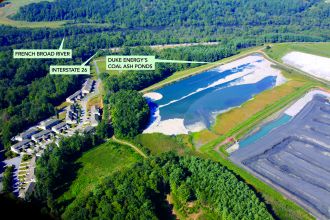
Hundreds of residents draw their drinking and cooking water from wells that lie within 1,000 feet of Duke Energy’s 32 coal-ash ponds in North Carolina. Nearly a dozen of them wells are located in Buncombe County.

At what was probably the shortest Buncombe County Board of Commissioners meeting in recent memory, the commissioners unanimously approved an economic development project and a rezoning request and held a public hearing for the 2016 budget.

In her landmark 1955 book, The French Broad, Asheville author Wilma Dykeman said the river was “above all, a region of life, with all the richness and paradox of life.” She described a watershed rich in flora and fauna, ranging from the “fertile fields and gentle fall” through Transylvania and Henderson counties to the sudden “plunge between steep mountains” around Asheville, “strewn with jagged boulders.”
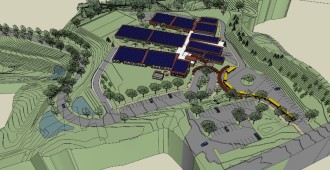
Concerned parents and elected officials met and voiced spirited opposition to Duke Energy’s planned substation on Hill Street, next to Isaac Dickson Elementary school — and a letter was read aloud from a Duke Energy official indicating the power company had opted to put the substation on the back burner.
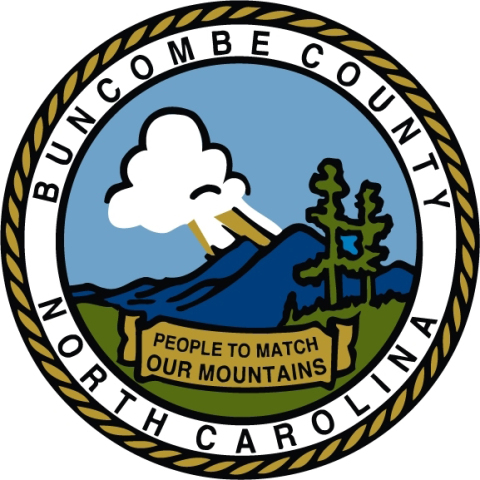
At the Tuesday, June 2, Buncombe County Board of Commissioners meeting, county staff will review the proposed 2016 budget, hear an economic development proposal and discuss seeking advice on a Woodfin firing range.